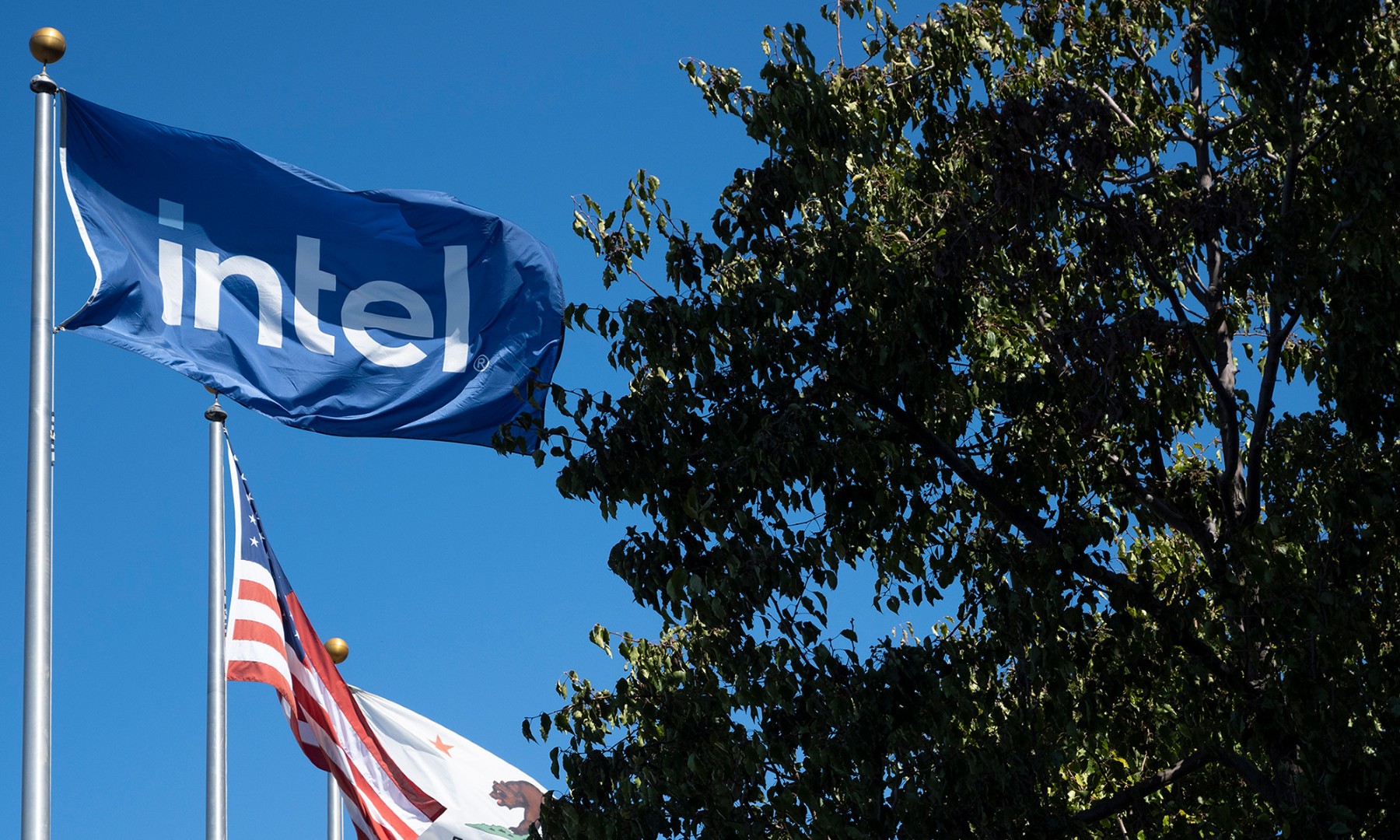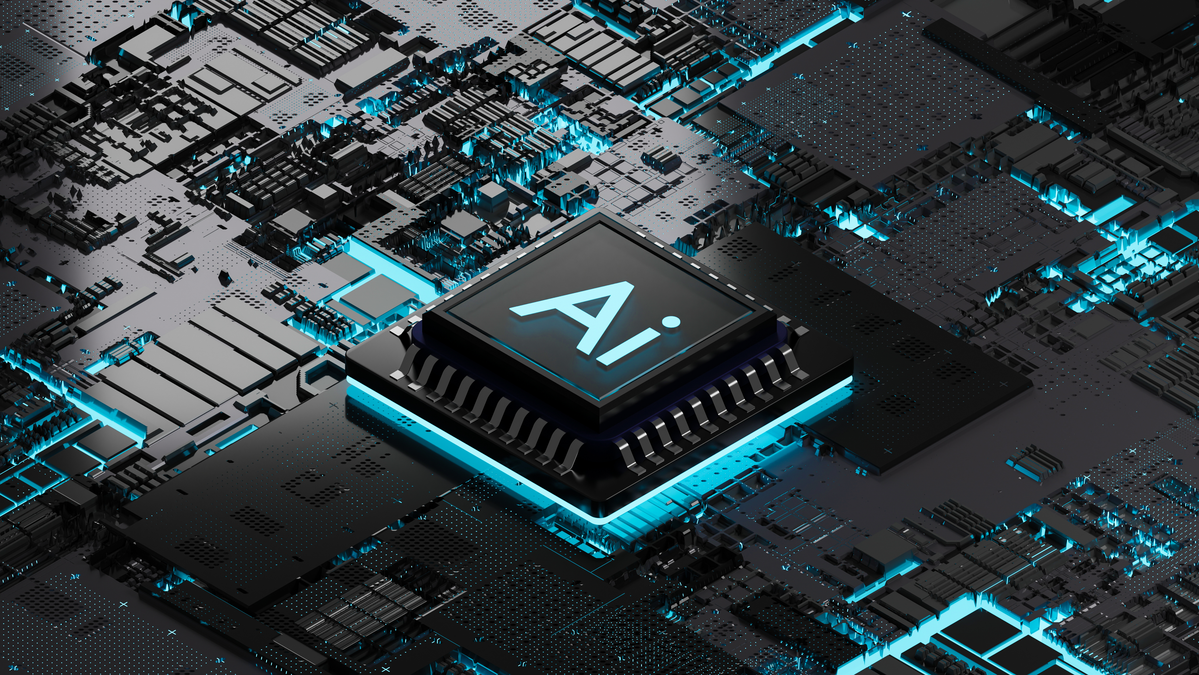Intel (INTC 4.33%) investors should, at this point, be viewed as the paragons of patience. Indeed, with Mobile World Congress having come and gone, and with not one of Intel's partners formally unveiling a Bay Trail-T based Android tablet, the question that investors need to start asking themselves is, "when are they going to come?"
That 40 million "promise"
In a recent interview with Fox Business News, Intel's CEO Brian Krzanich claimed that Intel was indeed "on track" to hit the goal of 40 million tablets shipped with its chips inside. While Intel currently has its latest-and-greatest Bay Trail products shipping in quite a few Windows based devices (such as the Dell Venue 8 Pro, the Lenovo Miix 2, and the ASUS T100), the Android story has been far less exciting: not a single Bay Trail based Android device is available for sale today.
More troublingly, there was but one Bay Trail-T based Android tablet demonstrated at Mobile World Congress, and it was a low-end, fairly mediocre device running Android 4.2.2 from PC motherboard maker, ECS. In a world where Samsung and Apple own the mind- and market share in tablets, it's hard to imagine that Intel is going to win about 15% of the tablet market with such designs. In order to be confident in hitting this goal, one or more of the following must be true:
- Intel has a robust pipeline of Android based devices ready to launch in time for the holiday shopping season
- Intel is betting big on Windows 8.1 tablets succeeding in the marketplace and expects these devices to make up the majority of the 40 million
It's still early in the game, but the lack of Bay Trail designs demonstrated at Mobile World Congress on Android naturally leads one to believe that option No. 2 is much more likely than option No. 1.
Can Windows tablets really be wildly successful?
Microsoft's (MSFT 1.02%) Windows 8.1 is likely to prove fairly successful for low-cost 2-in-1 devices such as the ASUS T100 and the Dell Venue Pro 11, and at the aggressive price points that we're seeing with Bay Trail/Windows 8.1 convertibles, there's a really good chance that Windows will take non-trivial share of the "large" tablet space for cost-conscious buyers. The more popular 7-8-inch space, however, gets a little trickier.
While there is absolutely a use case for an 8-inch Windows tablet (hey, some people prefer Modern UI), and while a dockable 8-inch device (i.e. one that can connect out to a monitor, keyboard, and mouse) could be particularly handy for enterprise/business users, the real question is just how large is this market? Will business users prefer to have two devices – a Windows notebook and a smaller Apple Pad or Android tablet? Or do they really want an all-in-one device with all of the features and compromises that such a solution brings?
Foolish bottom line
At the end of the day, Android is by far and away the most popular tablet OS and it is unlikely that there will be 40 million Windows 8.1 tablets shipped during 2014 (although nobody really knows), so Intel really does need to gain some real traction on Android. The Windows 8.1 cushion could help Intel get the bulk of those 40 million shipments, but without Android also working in full-force, the goal appears unreachable.






